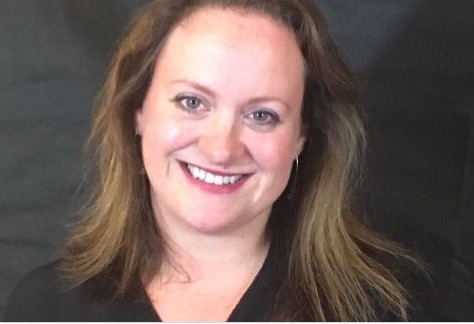A day in the life of…… a paediatric dentist working for a cleft team.
Dr Mechelle Collard
 My role is extremely varied, and no 2 days are ever the same - it is impossible to get bored!
My role is extremely varied, and no 2 days are ever the same - it is impossible to get bored!
My sessions worked for the cleft team in South Wales are divided into personal treatment/review sessions and MDT clinics on 2 hospital sites in Cardiff and Swansea, roughly an hour’s drive apart.
In my review sessions I start to see cleft children at 12 months of age, shortly after their lip and palate repairs. At this appointment I focus on introducing myself, explaining to parents and carers why their child’s teeth are so important and making sure they have a local general dental practitioner. I also start to discuss their child’s diet, when to stop bottle feeding and give advice about tooth brushing.
I next see the children at age 2 (often on a joint clinic with psychology) and then at age 3. If they are caries free at age 3, I won’t see them until they come to a 5-year-old MDT clinic as statistically children start to develop dental decay between age 2 and 3 years.
In my treatment sessions I will see children up to the age of 16/17 years. This could be to carry out aesthetic work on malformed anterior teeth or construct bridgework to replace missing teeth. There are some children with complex medical/social histories that I may also see for more routine treatment eg restorations/sealants/extractions as they need specialist care.
I attend MDT clinics with the other members of the team for 5-year-olds, pre-and post-bone grafting at age 8 years, then at age 10 and 15 years, plus an age 12 joint clinic with our cleft team Orthodontist.
One of the challenges of my job is managing patients on 2 sites with administration staff on just one of those sites. I have to be really diligent with letters and patient notes to manage this and also need to make sure patients who don’t come to appointments are managed according to our Was Not Brought policy on both sites.
One of the most enjoyable parts of my role is seeing children throughout their childhood. I am the only member of the team who routinely does this, and it enables me to get to know the children and their families and act as an advocate for them when required.
I really enjoy the multi-disciplinary aspect of my role and working with other health professionals ensures that each clinic is different. It is really rewarding to see these children develop, grow in confidence and to play a small part in their journey.